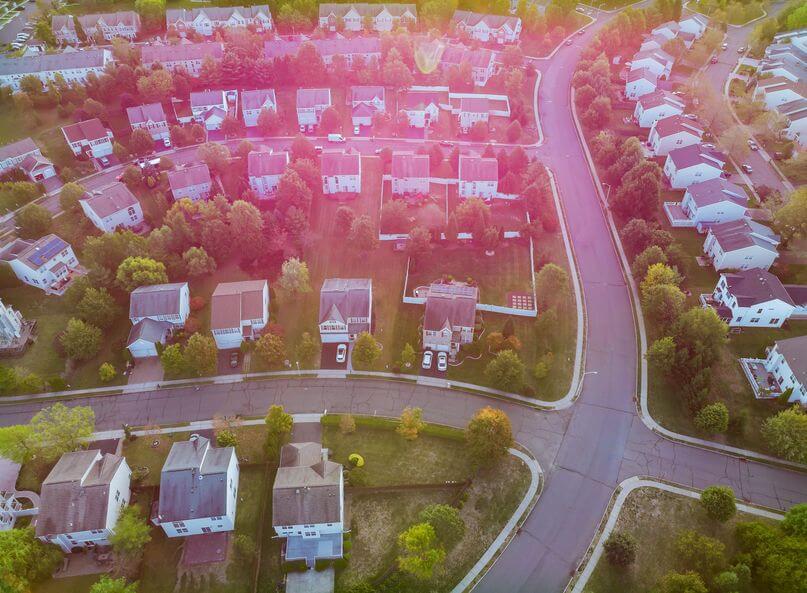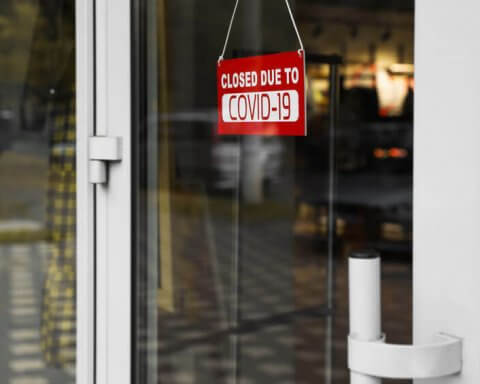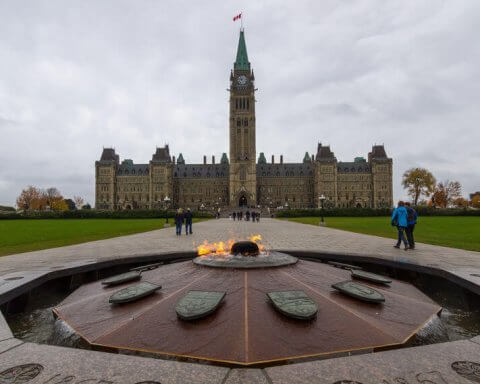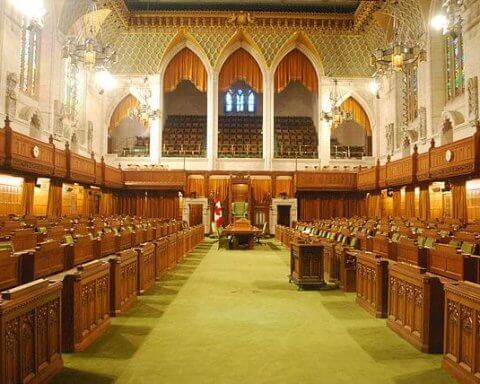We asked Canada’s thought leaders to weigh in with ideas for how the government should spend stimulus money as part of a Green Recovery. To read the entire report series, head to Planning for Green Recovery.
Imagine a home that can stand up to extreme weather, be it heat waves or water surges, while bringing your gas bill to zero and keeping your electricity bill manageable. Considering that buildings are responsible for 12% of Canada’s greenhouse gas emissions, our building sector needs to stop imagining and act. Three main approaches could halve those emissions:
1. Transition away from fossil fuels – namely natural gas and oil heating – by reducing energy waste and heating homes with heat pumps powered by clean electricity or renewable gas.
2. Make sure buildings are ready for extreme weather, such as heat waves and flooding.
3. Use building materials with low-embedded carbon to reduce upstream emissions.
The key lies in switching fuel sources, installing high-efficiency insulation and windows, and making buildings climate-proof, all while maintaining affordability to meet the urban housing crunch. New regulations, including stiffer building codes and mandatory upgrades for existing buildings, are being developed. But we also need to increase demand for these measures – and incentives can help.
For commercial buildings, retrofits can be financed through 10- to 20-year loans tied to property taxes. For residential buildings, the challenge lies in helping homeowners pay for the retrofits and connecting them to qualified contractors who can do the work. Access to financing – a mix of loans and grants – would give millions of people the incentive they need to protect their assets. The necessary capital can be raised by the government through green bonds or other means and then distributed by commercial banks that already have the infrastructure in place and mortgage relationships with homeowners.
We need to ramp up all green-building funding models over the next five years, with the goal of retrofitting half of Canada’s building stock by 2030. It will take two decades to complete deep retrofits of all buildings in Canada, but once they’re done, Canadians will sleep easier knowing that their homes and businesses are ready for those heat waves and water surges – and that their utility bills are shock-resistant, too.
Tom-Pierre Frappé-Sénéclauze is director for buildings and urban solutions at the Pembina Institute.





